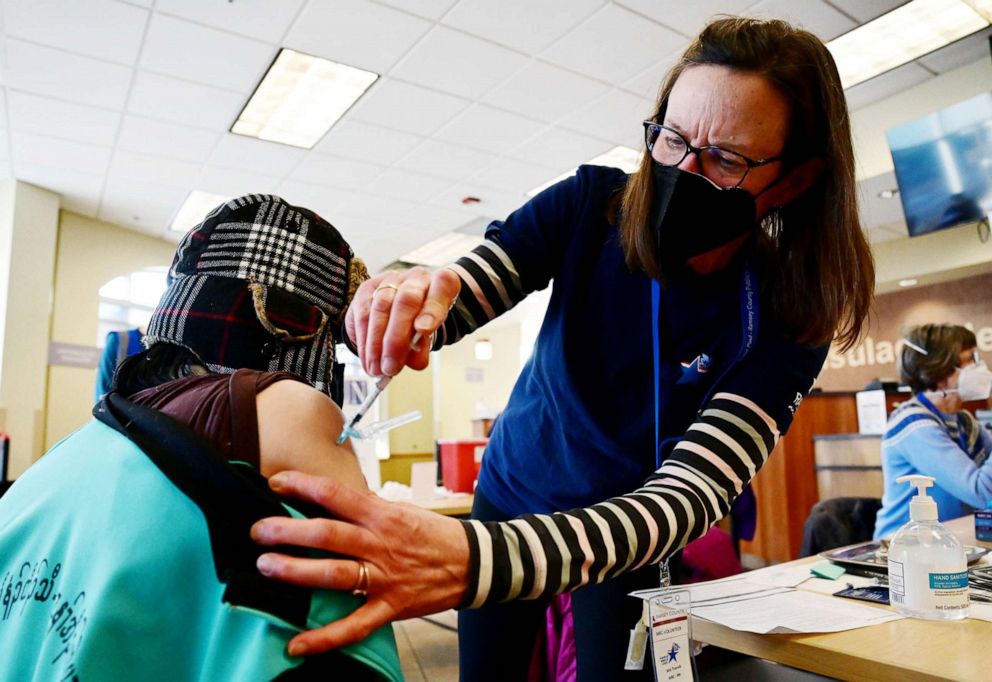Children with problems or problem children?

There's nothing pleasant about being on the end of a child's angry or aggressive outburst – whether you're a parent or a teacher.
And if that outburst happens in a classroom rather than the sitting room, the consequences for the child can be much more serious.
But how can we tell if the child is just "being naughty" or whether mental ill health is the root cause?
"Students don't generally arrive at school and say, 'Now I am going to behave poorly today,'" says Pepe Di'Iasio, executive head teacher at Wales High School in Sheffield.
About 80% of the issues schools have to deal, he says, can be traced directly back to some sort of situation in the child's life.
"I don't want to suggest all poor mental health morphs into poor behaviour but inevitably there's some connection.
"Where someone needs some support and they don't get it, it can adversely affect their behaviour."
'Lashing out'
Research just published by the Mental Health Foundation suggests children's behaviour changes when they feel "worried" or "sad" and mental ill health does not just present as young people bursting into tears, wanting to isolate themselves or self-harming.
A quarter of the 1,323 10- to 15-year-olds surveyed said when they felt down or anxious they got into fights or arguments. And another quarter said they found it difficult to do their homework.
Both of these behaviours are likely to get a child in trouble at school.
So what's really going on? (As they say in counselling circles).
Karen Young, a psychologist and a writer with psychology website Hey Sigmund, says feelings of anxiety can emerge from the normal functioning of a healthy brain.
"When it senses threat, real or imagined, it surges the body with hormones and adrenaline to make the body strong, fast and powerful.
"This is the fight or flight response and it has been keeping us alive for thousands of years.
"It's what strong, healthy brains are meant to do.
"For kids with anxiety, any situation that is new, unfamiliar, difficult or stressful counts as a potential threat.
"The fight or flight response happens automatically and instantaneously, sending neurochemicals surging through their bodies, priming them for fight or flight.
"The natural end to the fight or flight response is intense physical activity.
"If the threat was real, they'd be fighting for their lives or running for it."
Put like this, it is easy to see why young people's anxious feelings can turn into a punch-up in the playground or an angry outburst.
Dr Antonis Kousoulis, director of the Mental Health Foundation, says young people struggling with unaddressed mental health problems are often labelled as problem children rather than children with problems.
"They are the troublemakers, the disruptive kids in the classroom – or that is how they are seen," he says.
This is particularly the case with boys, who have higher rates of exclusion than girls.
"Boys tend to externalise behaviour changes," says Dr Kousoulis. "They tend to get into fights and arguments and they may become much more visibly frustrated.
"Girls tend to internalise their feelings – they just want to be left alone.
"I think that boys with disruptive behaviour can carry the label that they are not good."
So how can parents and teachers know when a child's poor behaviour crosses the line into poor mental health?
According to the charity website Mentally Healthy Schools, behaviour is often how children communicate hidden difficulties or distress.
"It is therefore essential to understand what a child is attempting to tell you through their behaviour," it says.
"Severe and persistent behavioural problems – usually known as conduct disorders – are our most common childhood mental health issue."
Signs a child has a conduct disorder include:
- being argumentative, angry, uncooperative or irritable
- having frequent tantrums and outbursts
- being constantly defiant or blaming others for things that go wrong
Brenda McHugh, a former teacher and co-founder of the Family School – an outstanding alternative education provision – says: "It's an issue we come across time and again.
"When is a behaviour a communication and when is it a symptom? It's very difficult."
The key thing to look out for is the frequency of the challenging behaviour, she says.
"Most children test boundaries, have poor impulse control and fail to communicate from time to time," says Ms McHugh.
"When these behaviours persist over time and do not respond to usual sanctions, as well as being a danger to their development and life chances, we need to explore further."
'Regulating emotions'
She adds that these pupils can be struggling with whom to trust and trying hard to manage a situation or overwhelming feelings.
They may have little impulse control, she says, and find it difficult to regulate their emotions.
"A 10-year-old boy in our school said he thought everyone saw him as a 'difficult pupil with mental health problems'," she says.
"But he would describe himself as someone with worries – linked to his mother's physical health and frequent hospital admissions – that he didn't know how to talk about or manage."
But she highlights the difference between being the teacher on the end of the behaviour and the individual experiencing emotional and mental ill health.
A small study in a secondary school in Westminster with a group of 12- to 14-year-old girls who were constantly in trouble demonstrated this polarity perfectly.
The girls described themselves as suffering from anxiety, whereas the teachers labelled them "disruptive".
Dr Kousoulis says many schools are doing excellent things in this area, often in difficult circumstances.
"But this needs to keep improving and be consistent in all schools.
"If we are not tackling mental health problems early, then we risk failing the next generation right at the start of their lives."
[contf]
[contfnew]

BBC
[contfnewc]
[contfnewc]

















